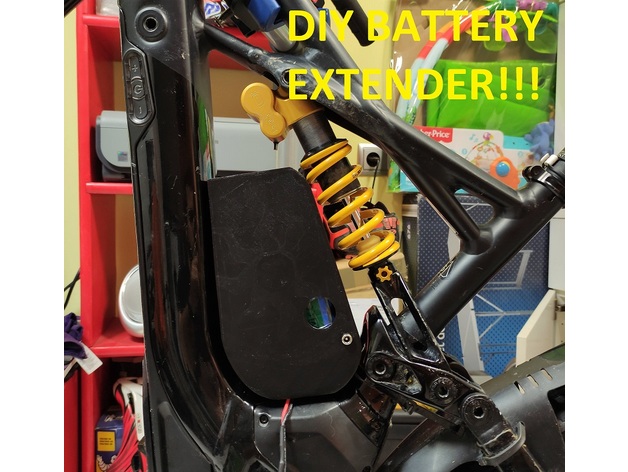joliver
Member
I was impressed by their work, especially the integration using epoxy.Some update on my extender project ...
Finished and tested.
works fine.
View attachment 28691
View attachment 28692
the battery pack and the BMS are moulded in black epoxy which needed some more sanding afterwards
View attachment 28693
the battery holder and cable coming out of 1 of the bottle holder wholes.
View attachment 28694
Extender installed and ready to roll … 504 + 432 = 936 Wh
View attachment 28695
I would like to ask you if you could give any more details about this process, how you have done it to leave the connectors, etc.
And if you could tell me the exact components, I would appreciate it, I don't have too much knowledge and I prefer to play it safe.
Finally, if you could tell us how you are working today.
Excuse me, my English is a bit rusty.


